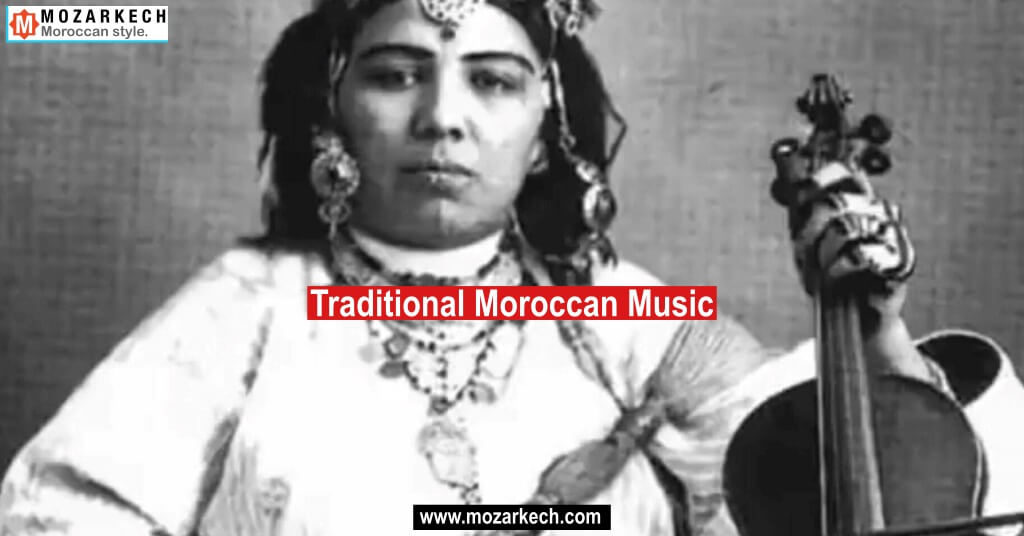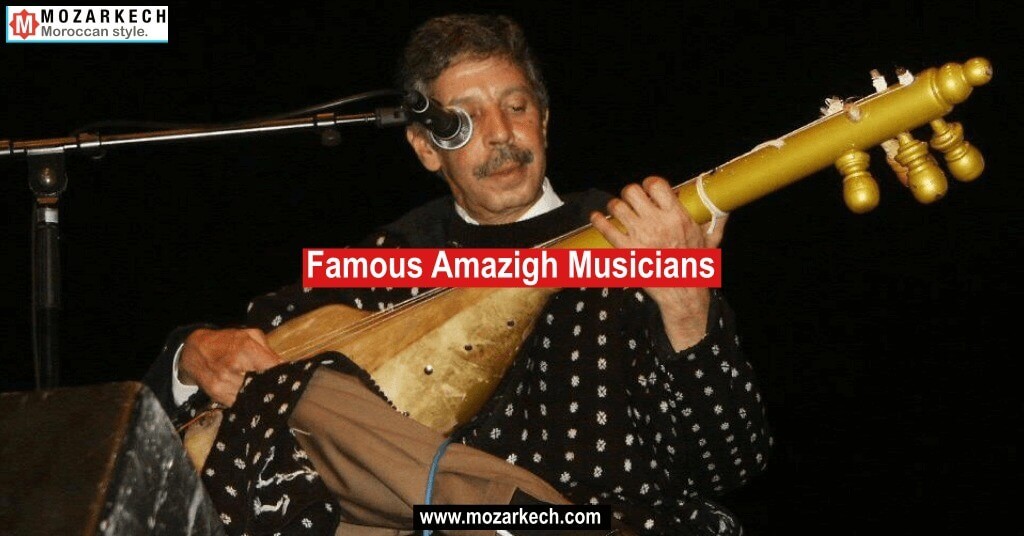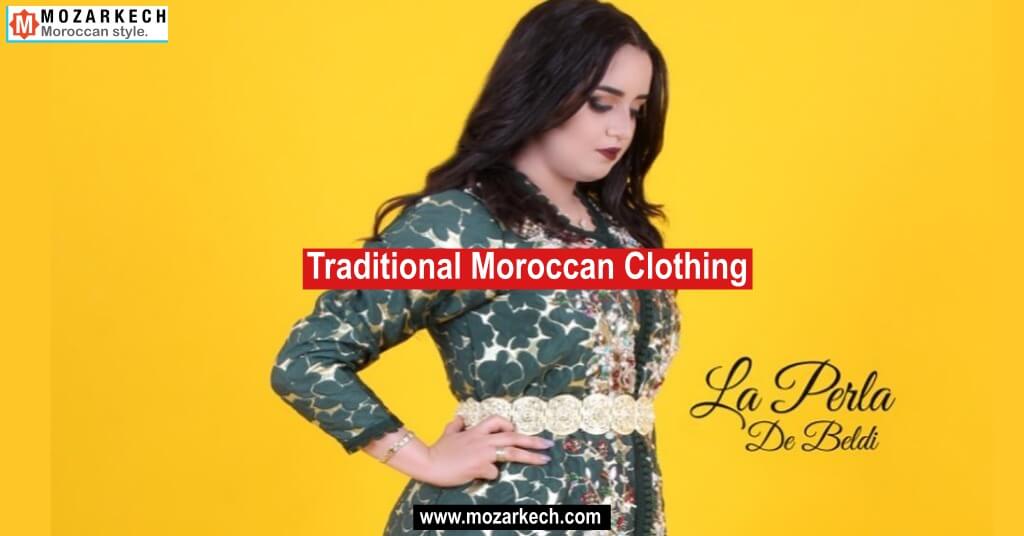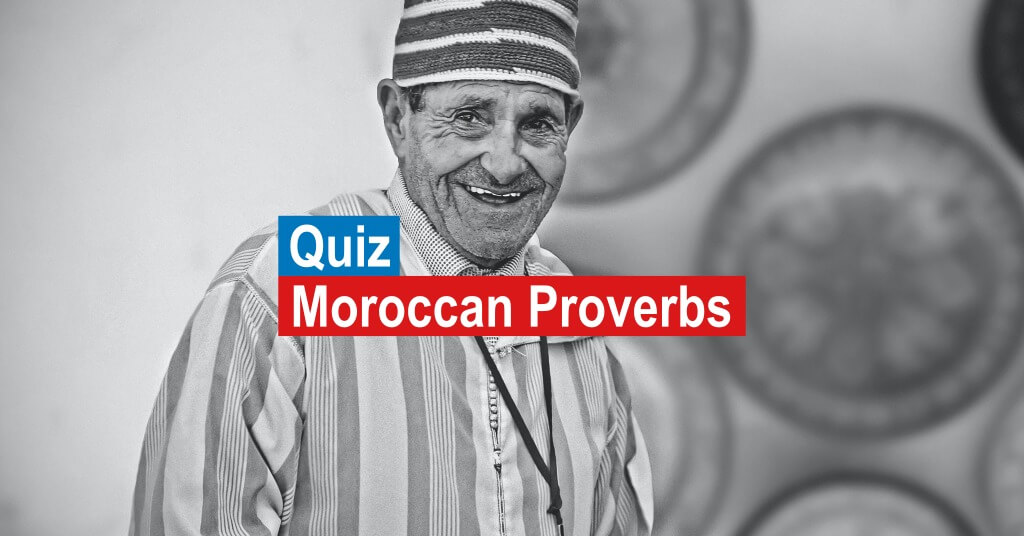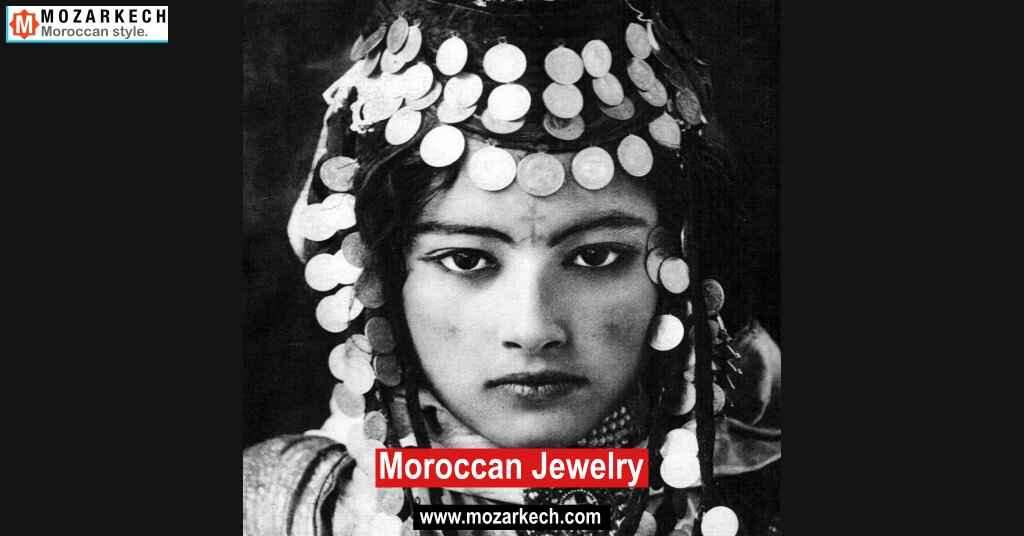
Morocco is known for the elegance of its arts, and one of them is certainly jewelry. Traditional Moroccan jewelry has certain designs and types that are influenced by the country, inspiration from other countries, a jewelry maker’s talent and taste, available materials, and so on.
Main Reason Why Moroccan Jewelry is Exceptional
Moroccan jewelry is unique because of the artisans who create it and the women who proudly wear it. Moroccan jewelry is appealing not only because of its aesthetic value, but also its historical significance. It is possible to guess Moroccan women’s origins simply by looking at their jewelry, since each Moroccan region has its own jewelry designs.
Antique Moroccan jewelry has a very special and unique look and cannot be worn casually with everyday clothing. So, most women save them for their wedding day or some special occasions and then store them in a jewelry box. They use much simpler modern pieces for casual daily wear.
The History of Traditional Moroccan Jewelry
The traditional art of creating authentic Moroccan jewelry can be traced to Morocco’s Jewish community in the past. Jewish craftsmen and artisans were known as the best designers and creators of these pieces. Moroccan jewelry has a long and illustrious tradition.
Morocco has accepted various immigrant groups for decades. Following the Reconquista of Spain in 1492, many Jewish silversmiths immigrated to Morocco, bringing with them their knowledge of jewelry-making techniques. They began to share what they had learned with their Amazigh (Berber race in Morocco) neighbors.
Moroccan jewelry was made entirely of silver at the time, and the most common techniques were enameling, engraving, and filigree. Amulets and semi-precious stones like amber, coral, and turquoise were often added to the piece of jewelry.
When you think of Moroccan jewelry, you probably think of chunky and elaborate Amazigh necklaces or intricate bridal accessories that drape around the hair, arms, and neck. Most specifically, two distinct jewelry-making styles come to mind: Amazigh and Tuareg. Amazigh jewelry represents tribal traditions and customs.
Reason Why Women Love Traditional Moroccan Jewelry
Women adore jewels, and it is not just for the sake of appearances. Every Moroccan woman and girl is proud of her jewelry box, which contains all pieces that were passed down from mother to daughter then to granddaughter, as well as those that she was given or obtained over the years. There is an emotional connection, as each piece of jewelry has its own story.
Wide-amber necklaces, headbands embellished with layers of silver coins and hinged metal bracelets are frequently seen on Amazigh women. Bracelets and necklaces usually feature a large number of semi-precious stones and various talismans.
Moroccan women have used gold and silver jewelry as an alternative to a bank account for centuries. It all began when banks were not as well-known or trusted as they are now. People looked for alternative ways to store money and pass down family inheritances. Moroccan women have a tradition of checking the market for antique jewelry.
Amazigh women wore so much jewelry that became a primary part of their identity. Besides, collecting jewelry had a monetary value. In fact, it was considered as the woman’s private property to make use of to face financial crisis.
Why Khamsa Jewelry is So Special in Moroccan Traditions?
In general, every piece of Moroccan jewelry was paired with an amulet that had a particular meaning. The Khamsa always has been the most famous piece.
Khamsa jewelry(Eye of Fatima or Hand of Fatima): a Moroccan-Jewish motif of a hand that is supposed to protect you against evil and negative people or energy. It is a Moroccan jewelry masterpiece.
The Khamsa reflects five Torah books for Jews, Genesis, Exodus, Leviticus, Numbers, and Deuteronomy. It’s also a representation of the “Hand of Miriam,” Moses’ sister. Miriam played an important part in Moses’ story, the “Hamsa,” became a sign of security, happiness, and good luck.
Khamsa also refers to the five pillars of Islam, Faith, Prayer, Pilgrimage, Fasting, and Charity for all Muslims. It also represents the Prophet Mohammed’s daughter, Fatima’s “Hand”.
The Khamsa, or “Hand of Fatima,” became a symbol of power, protection, and strength. The Khamsa has become a symbol of hope and tolerance in the Middle East, highlighting parallels between Islam and Judaism.
Fibula Jewelry in Amazigh traditions
In general, every piece of Moroccan jewelry was paired with an amulet that had a particular meaning. The Fibula has always been one of the most famous jewelry pieces.
Fibula jewelry is a silver adornment worn by women in the past. This type of jewelry was often worn in everyday life or on special occasions including weddings. The fibula was brought to Morocco by the Romans as a safety pin.
The fibula was, in reality, used to fasten fabrics such as cloaks. It became less functional and more decorative over-time. Indeed, it was crafted by Amazigh artisans, who gave the adornment new meanings. Amazigh jewelers used traditional handcrafting techniques.
The Moroccan fibula is made up of two parts attached by a chain or a triangle with a pin for fastening.
The Fibula is a sign of femininity and fertility for women. It is mostly worn by Amazigh brides and symbolizes the bride’s purity as well as her reproductive capacity.

3 Types of Popular Traditional Moroccan Jewelry
Morocco has a long history of artisanal jewelry and craftsmanship. Women’s jewelry is one of their most desired possessions.
Mdama
Mdama is a traditional belt used to hold caftans and takchitas (traditional Moroccan Clothing) in place. This accessory is available in diverse metals such as gold or silver as well as designs and models. The Mdama, for instance, was a expensive gift offered to the bride by her groom to express his love and care.
The Mdama is commonly made of pure gold, with various designs, and decorated with a number of precious stones (mostly red and green).
Khalkhal
Another piece of jewelry strongly was influenced by Arab, Andalusian, and Ottoman cultures is the Khalkhal. It is an ankle bracelet, also known as an anklet. It is a jewelry item consisting of gold, silver, or a combination of the two materials.
The Khalkhal traditionally includes a number of charms and talismans, like the khamsa, or hand of Fatima, as well as a representation of the evil eye.
It may be delicate or more substantial, such as the Fassi Khalkhal, which is almost a cuff with various floral shapes printed on it and a silver chain that turns it into a double layer anklet.
Bracelets
Moroccan Bracelets are a must-have for any traditional jewelry box. To achieve the thickness factor to the wrist, these pieces may normally be worn either alone or in layers.
Even if the most common Bracelets are made of 925 silver, there are also several gold Bracelet sets available (these are usually worn at weddings or special occasions).
There are many replicas of antique silver bracelet sets available nowadays, even although they are far less expensive than the originals, they still manage to catch the beauty and the spirit of the traditional Moroccan jewelry.
Why TIZNIT is The Capital of Moroccan’s Silver Jewelry
Tiznit, a small town in southern Morocco, is the center of silver craftsmanship. It is, in reality, the silver jewelry capital of Morocco. Tiznit is a historic town established in 1881. It is located between the Atlantic coast and the Atlas Mountains.
The lovely town is noted for its use of silver and is viewed as the home of Amazigh jewelry making techniques.
History of Amazigh’s Traditional Moroccan Silver
The Amazighs (meaning “free people”), belong to a North African ethnic group. They account for roughly half of the population in Morocco. they are the original inhabitants of the North Africa.
In several parts of Morocco, Amazigh culture and heritage are frequent. In the Amazigh culture, women play an important role. They’re known for their Capella singing style called ‘‘izran’’ as well as their use of silver jewelry to express their identity.
Regardless of being confronted by many cultures, including the Romans, Arabs, and French, the Amazigh people were able to maintain their culture.
Why Traditional Moroccan Jewelry is Very Popular in The World
Morocco has a long history of artisanal jewelry and craftsmanship, which has survived into the modern period. Moroccan women’s jewelry is one of their most coveted possessions. It almost functions as a portable landmark for displaying one’s origins as well as a proud display of ethnic roots and identity.
There is a deep human desire to impart good impression to others through wearing this jewelry. It attracts others’ attention and expands one’s social status
The functional role of jewelry is not only decorating, but also transmitting an overall idea about the glorious ancient civilization. And thanks to tourists, in particular interested ones in deciphering the mysterious magic that surrounds the jewelry, the traditional Moroccan jewelry became very popular around the world.

